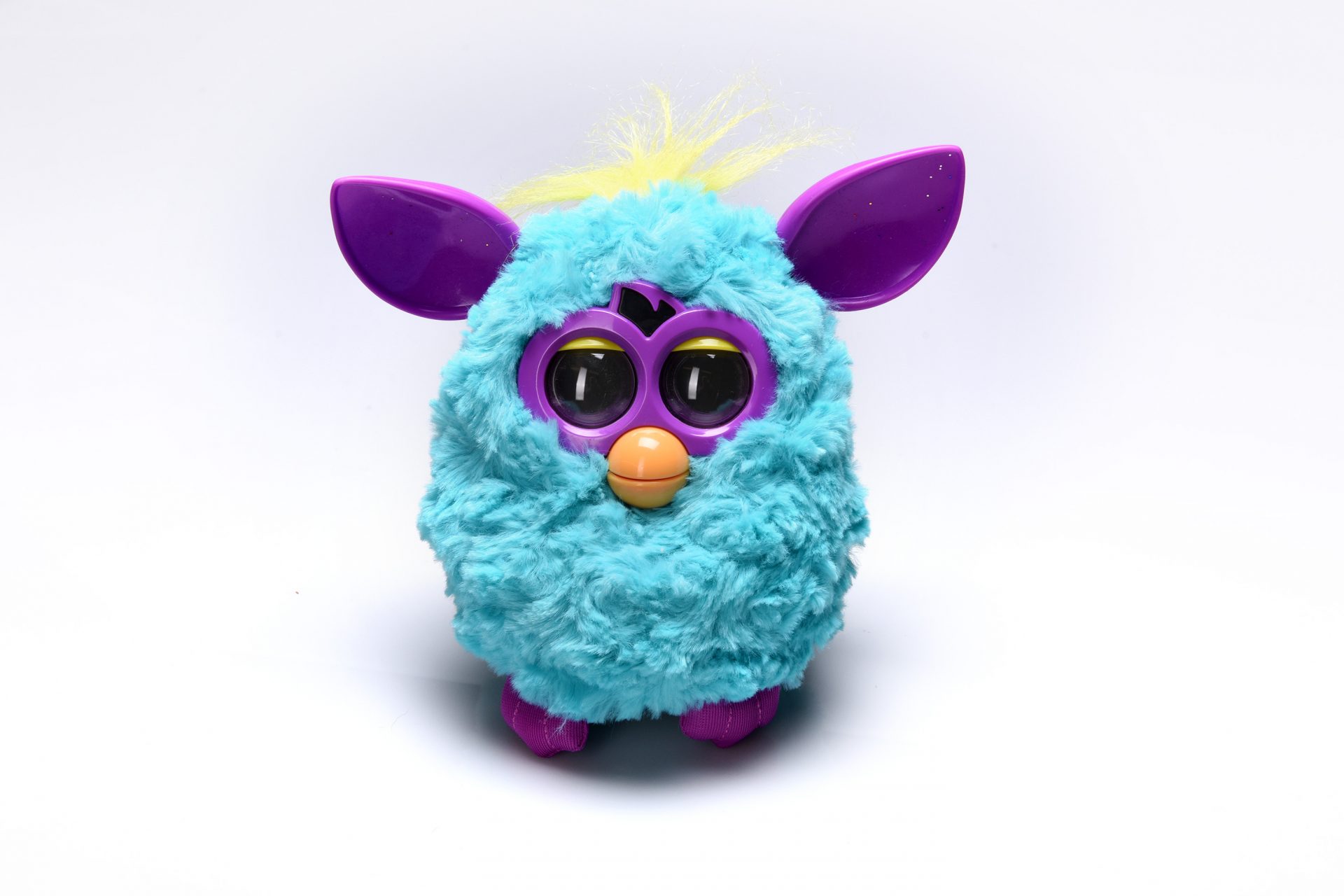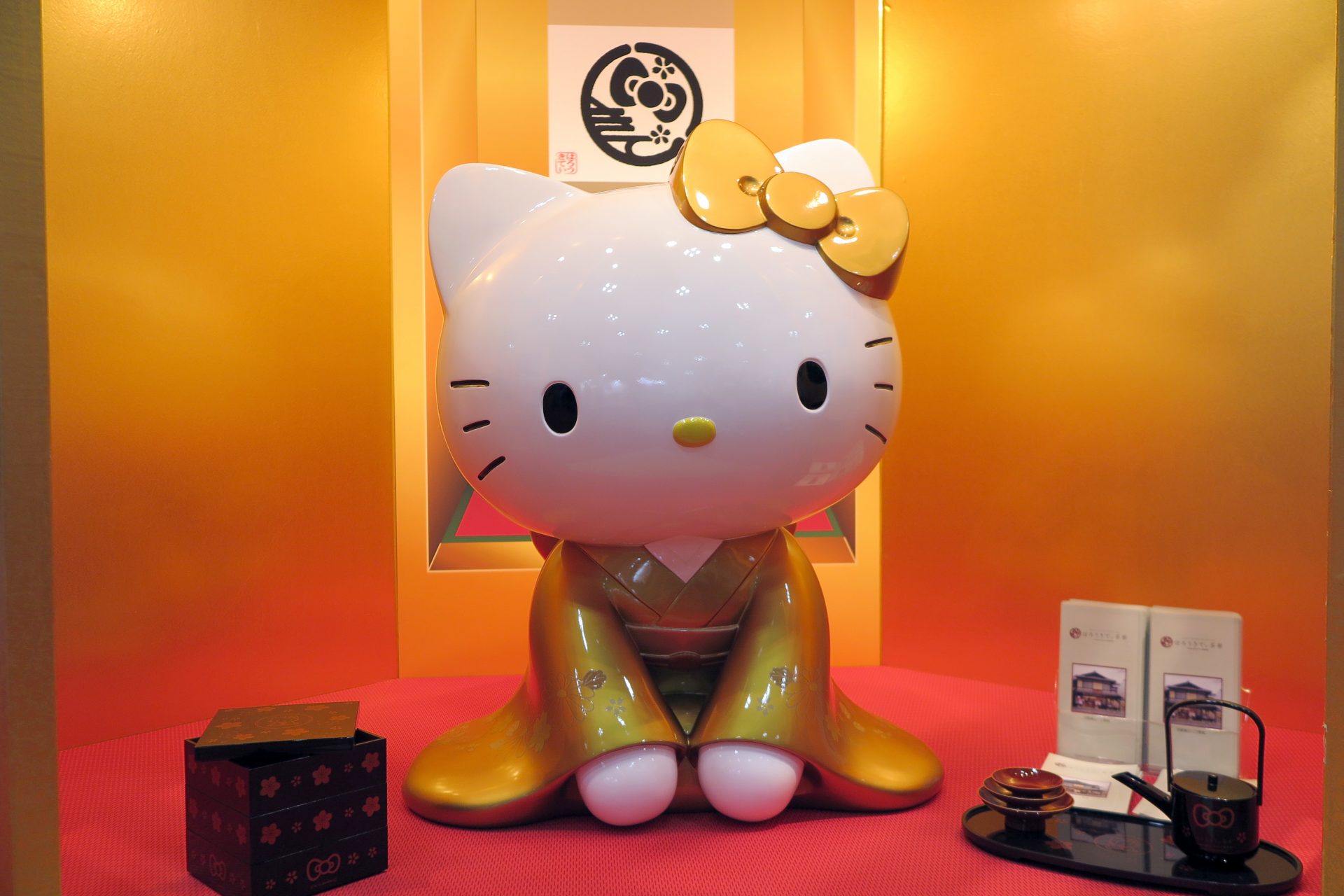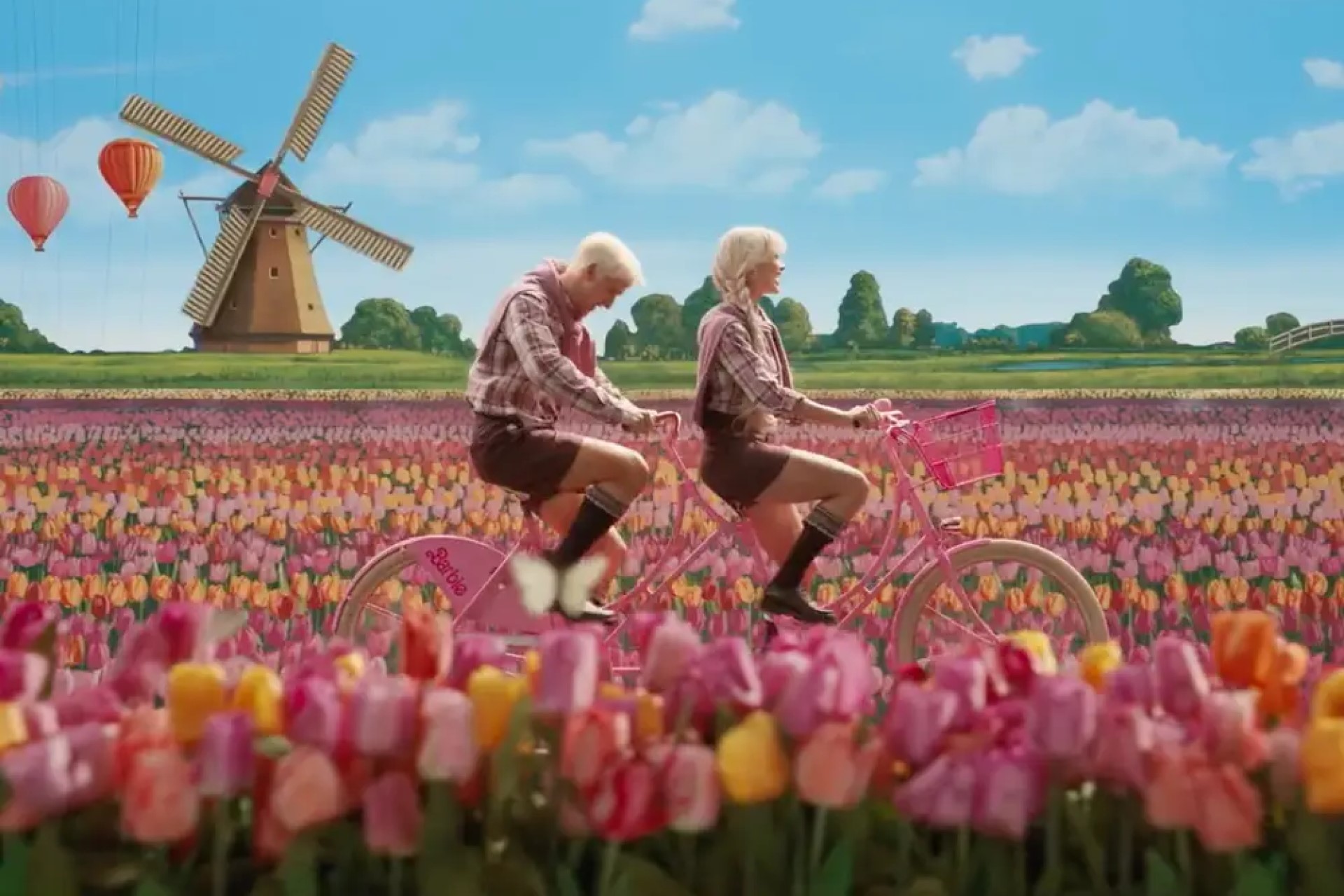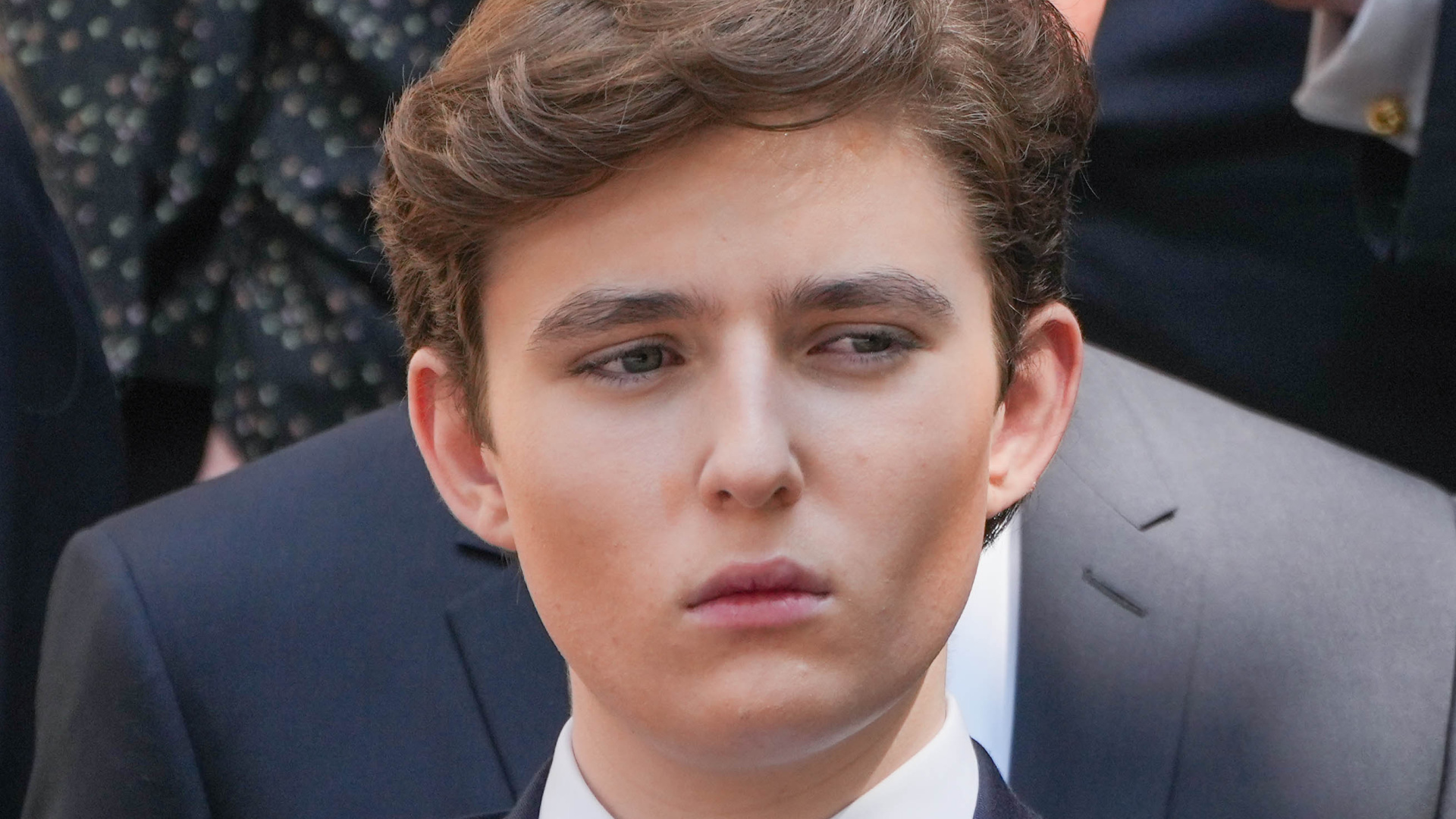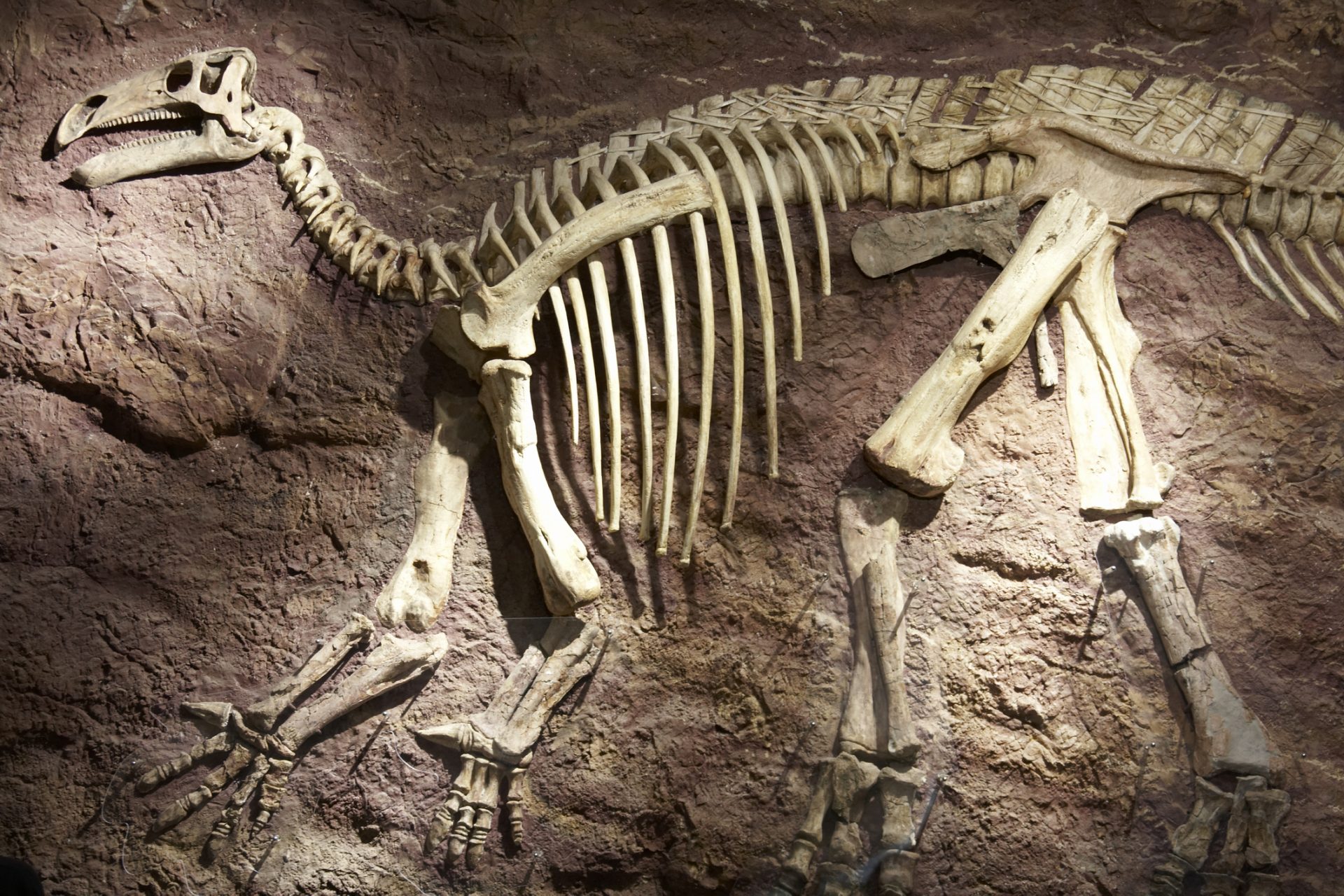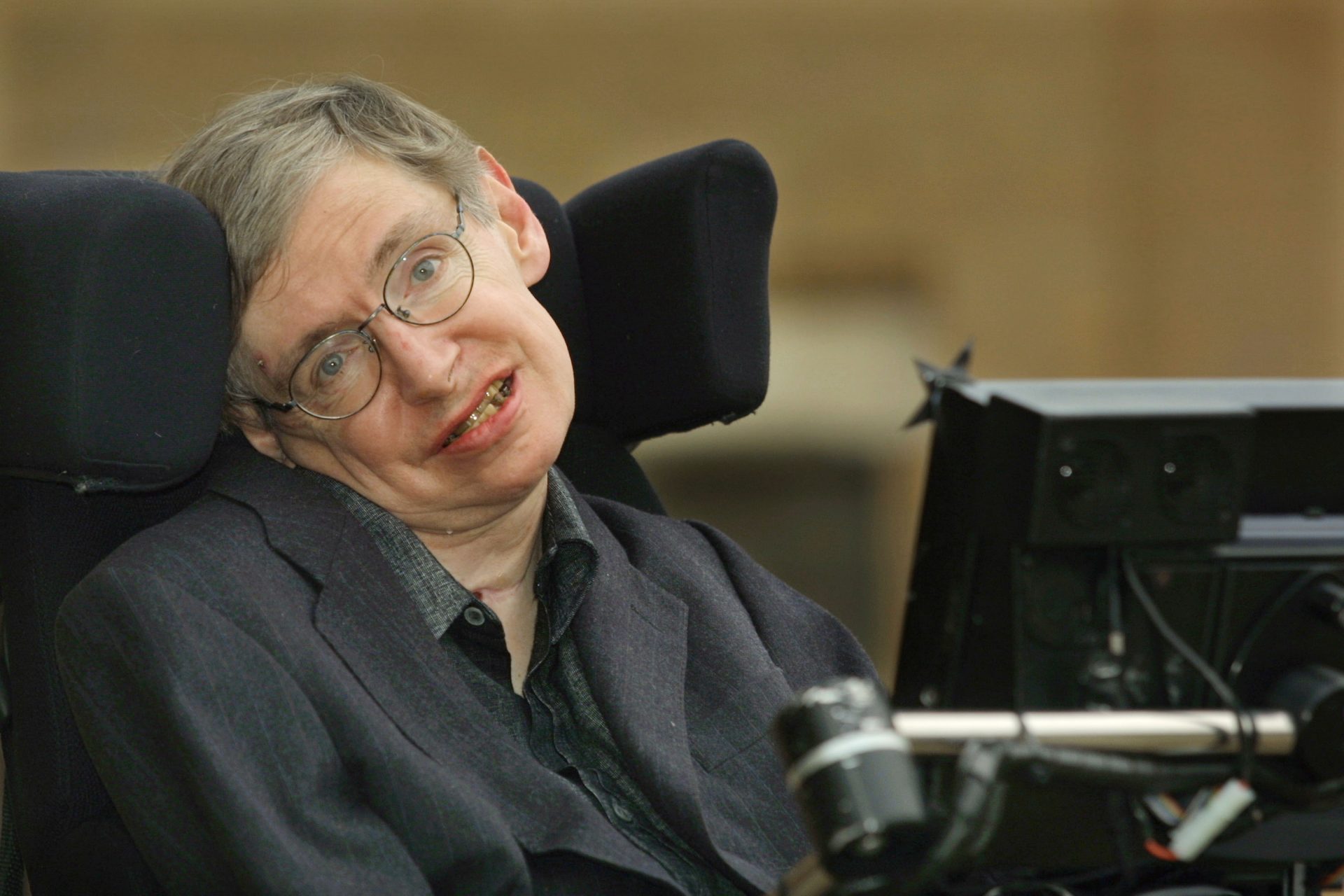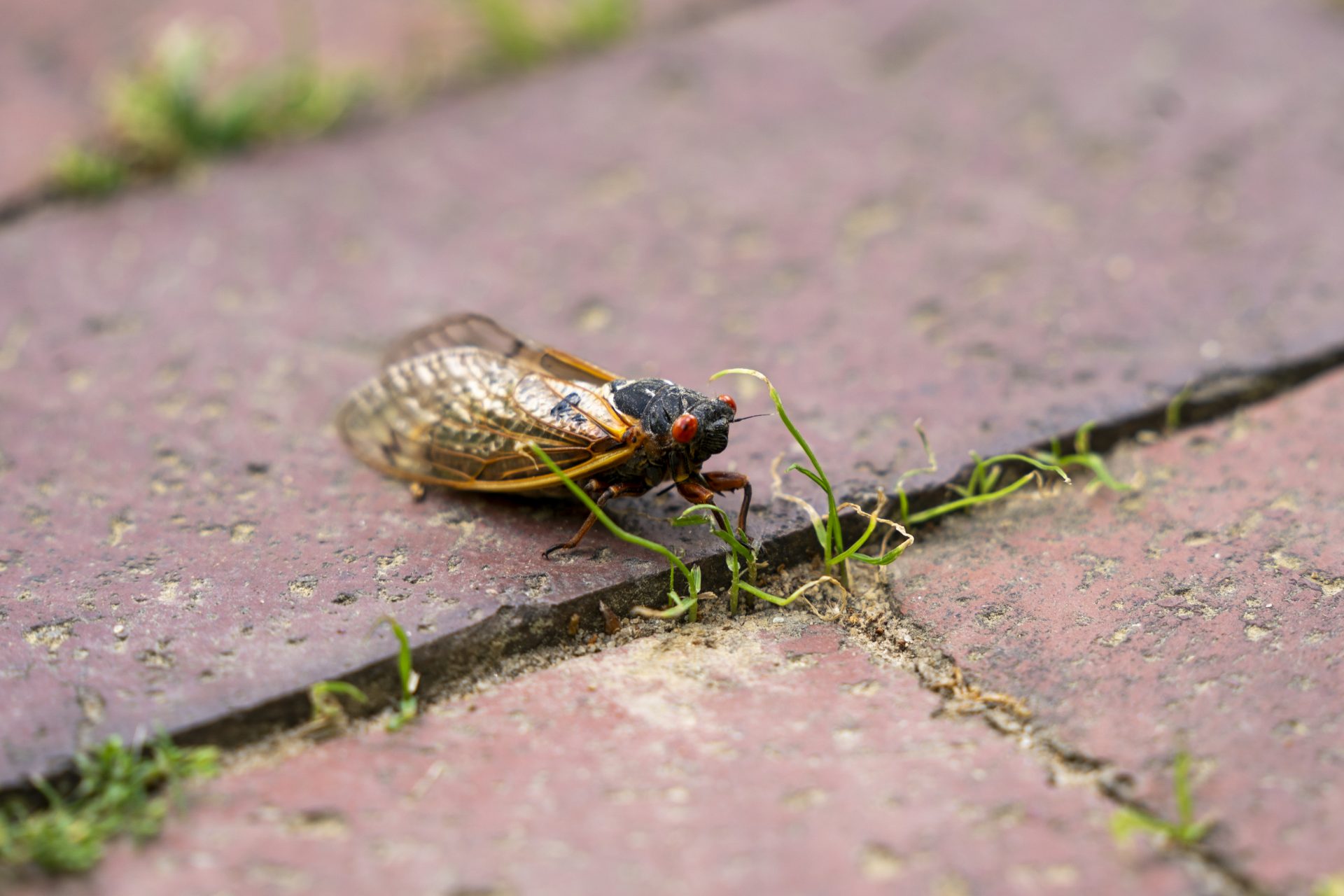The science of cute: understanding why you want to eat your baby's face
Cuteness has power. It can force us to change our behavior, buying things we don't need or protecting babies from other parents and even different species.
Science has proven that our cute look as babies has an evolutionary purpose and that our response to cuteness is inherent.
It is widely accepted among scientists that cuteness captivates adults' attention enough to get them constantly interested in and engaged with babies.
That interest is vital for the survival of our babies, who cannot fend for their food and are vulnerable to predators. Cuteness is a survival skill.
According to The Guardian, brain scans show that cute things capture our attention immediately, activating the pleasure centers of our brain and inciting empathy and compassion responses.
But what is "cute," objectively speaking? Studies have shown that features like big, round heads, large, low-set eyes, chubby cheeks, and limbs activate the cuteness response of the brain.
It also works for inanimate objects: round and pastel-colored shapes tend to activate the same response. That is why some children's toys or baby shoes are so irresistible to us.
Toy corporations and marketers have used this knowledge for decades, making the cute industry billions. Hello Kitty is a great example.
Still, aside from physical features, specific movements or attitudes also trigger the cuteness response in our brains: awkward, tottering gait or innocence are good examples.
Some seemingly ordinary characters can appear cute to some of us despite being adults or not having these features. That is why some viewers couldn't help but perceive Ryan Gosslin's Ken as cute.
Image: Barbie (2023)
Cuteness can also trigger an overflow response in our brains when we watch something too cute, like the picture of the puppy in this slide.
In reaction, we might want to eat a baby's face or snuggle them so strong they explode. Experts call that cute or playful aggression.
Cute or playful aggression comes only as an expression, not a feeling. It serves as a way to release the emotions caused by excessive cuteness.
Our brain recures to what it perceives as the opposite emotion of the strong empathy, compassion, and attachment that cuteness causes. It tries to balance them out.
These types of responses ─fist or teeth clenching, or screaming and tremoring─ are expected every time we have a strong emotion, not just those provoked by cuteness.
Through brain scans and tests, researchers also confirmed that cute aggression is a normal reaction that happens to virtually every human being.
More for you
Top Stories









